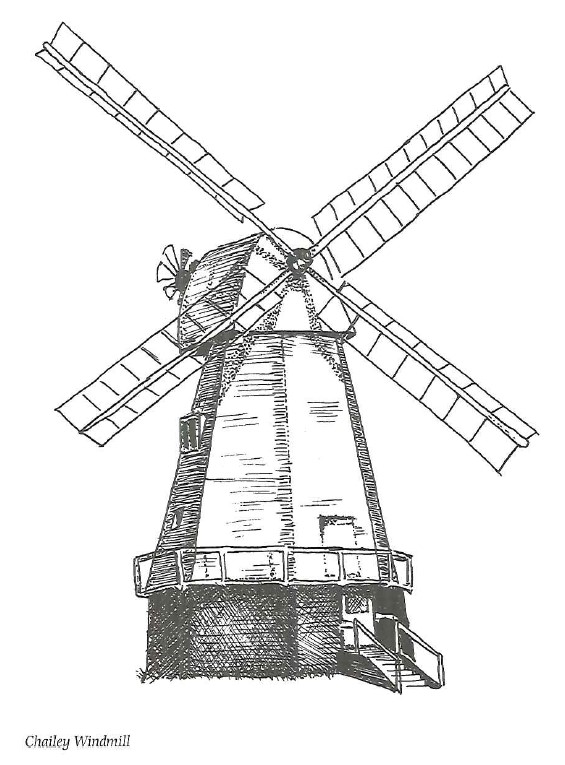Public servants are scarcely as loyal or as versatile as old William Harris, who at the age of 85 was persuaded by several friends’ to print a card for distribution among his fellow parishioners in January 1876, listing his achievements in local public life.
William stated that he had lived in Ticehurst for 73 years during which time he had been van and fly operator 53 years; collector of taxes 46 years; Post Office 30 years; High Constable 46 years; one of the principals of the Church Choir 25 years; Surveyor of Highways to the general satisfaction of the Parish (so it is recorded in the Vestry Book) 28 years; Tenant to Church Gate Estate 38 years.’
An earlier Ticehurst worthy was less diverse, but his parish duty was just as important: John Rodgers was solemnly appointed ‘Dog Whiper in the Church’ at a vestry meeting in 1710 at a salary of two shillings a quarter. It was also decided *that if any boyes made a noyes he complains of them to there parents the first time.’ Presumably a second offence allowed Mr Rodgers to double the role of ‘Dog Whiper’ with ‘Boye Whiper’. The church’s ‘Doom’ window, where the 14th century stained glass shows the fate of sinners being carted off to purgatory by demons, should have been enough to put thoughts of mischief out of young minds.
Naughty boys who failed to mend their ways in manhood might have found themselves confined in the village lock-up, a chamber above the church porch, or in the parish cage’ which seems to have occupied various sites including a corner of the churchyard in the 1850s.
The true felon would have had the Ticehurst Prosecuting Society to contend with. Before the establishment of an efficient county police force the inhabitants depended on voluntary efforts to bring offenders to justice. This society was formed to raise a fund for prosecuting villains and to pay rewards to anyone offering information that led to their conviction. Around 200 years ago the reward payable on the conviction of a horse thief (£10) was the same as that offered for the conviction of a murderer.
The agricultural riots of 1830 brought a mob 400 strong to Ticehurst where they roughed up the master of the poor house in the early hours, went quiet as lambs past the home of 90year-old Mrs Newington so as not to disturb her slumbers, and proceeded to Pashley intent on destroying a threshing machine that was used there. It was locked away in the coach house and when Major Richard Wetherell appeared in his militia uniform armed with a sword and pistol threatening to shoot the first man who entered the building the rioters dispersed.
If life for the agricultural labourers was hard at this time, it was even harder for parish paupers, who were not even allowed to drown their sorrows. The village publicans were warned that their licences would not be renewed if they did not call time at 10 pm as many paupers had been seen past that time ‘drinking, and often time to excess’ to the great expense of all persons paying taxes’. There was to be no gambling, and travellers were the only people to be served during Divine Service on the sabbath.
Whether the serenity of this High Weald village is conducive to a long life only today’s residents can tell. The Rev A. Kesteman certainly thought so in 1794 when he waxed lyrical about the advantages enjoyed by his flock in terms of respectability, sociability and charitability. The inhabitants hereabouts live to a good old age and many exceed the common limits of life very far indeed.’
In the following century the Sussex Express thought it was worth noting that Ticehurst glover John Edwards, aged 94, walked from the village to Lewes, a distance of 24 miles, *without any inconvenience to himself. Not withstanding his vast age, Mr Edwards can still make a glove with neatness and dispatch.’
September was a boom time in the village in the first half of the 20th century when London’s East Enders came to pick hops on their annual holiday. The shops used to extend their hours of business because the hop-pickers were renowned as cheerful spenders.
Ticehurst was the home for some years of Thomas Blinks (1860-1912) the artist who specialised in sporting life pictures, and, for the record, the first high explosive bombs on England in the Second World War dropped here on 22 May 1940.
